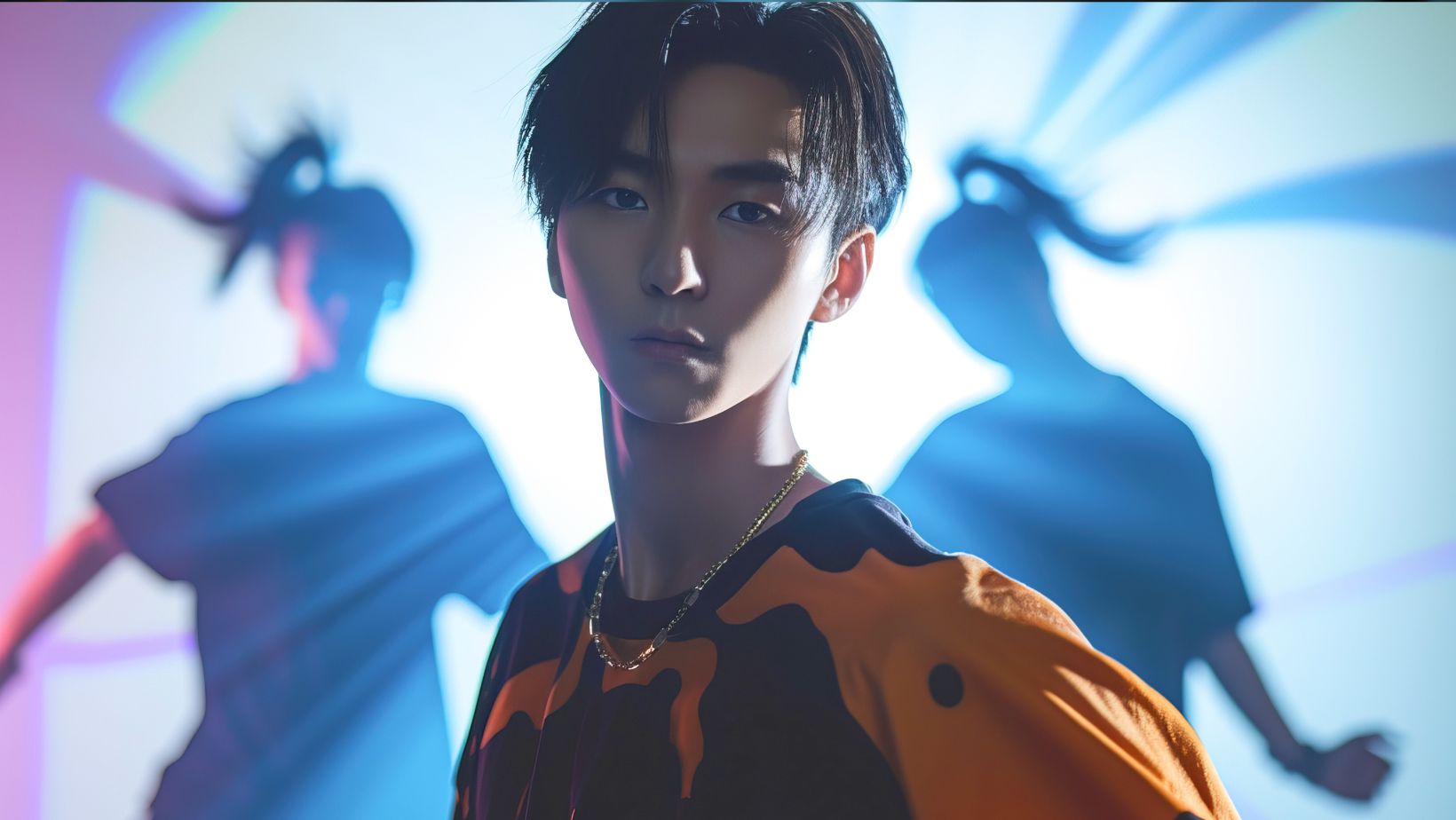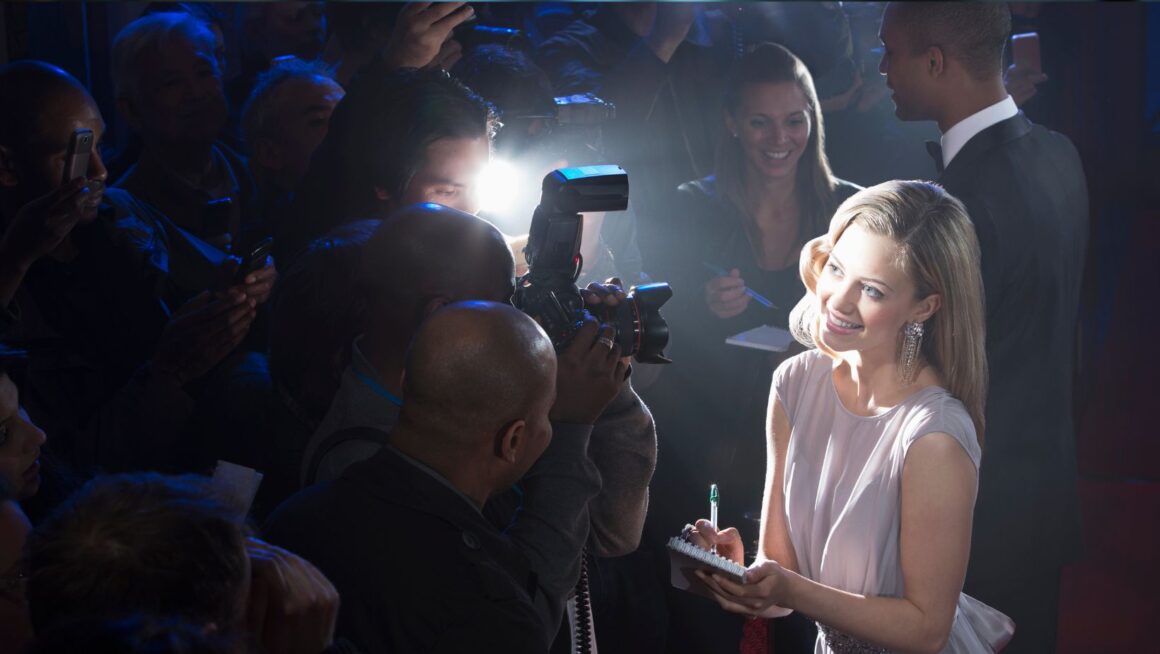
Becoming famous used to be unpredictable. A singer might perform for years without being noticed, then suddenly become popular. Now, social media data can track these changes, much like how Azurslot monitors user activity. Predictive sentiment analysis can spot rising stars before they become well-known.
What Predictive Sentiment Analysis Means
Sentiment analysis looks at feelings in online text. Predictive sentiment analysis goes further. It guesses how those feelings might affect the future.
For celebrities, this means watching mentions, likes, comments, and shares. The goal is to see if support is growing — a sign they might become famous soon.
The Role of Social Signals
Social media is full of data. Every like, comment, or hashtag shows what people think. New influencers often create lots of buzz. Key signals include:
- Mentions: How many times someone’s name is said.
- Sentiment: If the mentions are good, bad, or neutral.
- Engagement: Likes, shares, and comments compared to followers.
- Velocity: How fast attention is growing each week.
When these signals align, they point to a potential fame spike.
The Models Behind the Forecast
Different models help predict breakouts. Some are simple trend trackers. Others use advanced machine learning.
- Time-series analysis: Charts mention growth over time.
- Regression models: Link engagement with follower jumps.
- Neural networks: Capture complex patterns like sudden viral bursts.
- Hybrid systems: Combine sentiment analysis with demographic data for deeper context.
Each model tries to answer the same question: Will this person’s current buzz turn into mainstream fame?
False Positives: When the Signals Mislead
Not every spike means lasting fame. Some events create sudden attention but fade fast. A viral joke, scandal, or controversial post can make a celebrity seem popular for a short time.
This can cause mistakes. For example, a celebrity in a public feud may get many mentions, but most could be negative. Without careful checking, the system might think they are a rising star when they are not.
The Importance of Context
Data doesn’t tell the whole story on its own. More mentions can mean excitement or criticism. High engagement can also be fake if bots are involved.

This is where human oversight matters. Analysts need to review the stories behind the data. Blending machine accuracy with human judgment prevents misleading results.
Ethical Concerns
Using data comes with responsibility. Predicting fame may seem safe, but it has risks:
- Privacy: Just because posts are public doesn’t mean influencers agree to be tracked.
- Pressure: Calling someone “the next big star” too soon can create stress.
- Bias: Algorithms may focus on Western or English platforms, missing other talent.
These tools should help, not harm.
Cross-Platform Signals Matter
A star usually becomes popular on more than one platform. A boost on TikTok can spread to Instagram, YouTube, or Spotify. Checking multiple platforms helps see if the fame is real or just on one site.
Cross-platform validation filters out noise. For example, if mentions rise on Twitter but streams stay flat, the spike might not last. But when multiple platforms show growth together, the signal becomes stronger.
The Role of Sentiment Shifts Over Time
It’s not only the volume of mentions that counts, but also how sentiment changes. A rising star is first noticed with curiosity, then excitement, and later loyalty.
Tracking these changes shows how fans start to form. When negative opinions turn positive, it often means the star is gaining wider acceptance.
Beyond Entertainment: Wider Uses
Predictive sentiment analysis isn’t limited to music or influencers. Sports, politics, and even fashion trends can benefit. Athletes, candidates, or designers all experience waves of online attention.
The same models that spot rising singers could forecast which athlete becomes a household name after one big performance. Or which grassroots politician suddenly gains national attention. This broadens the value of the method far beyond celebrity culture.
How Platforms Could Use It
Streaming services, record labels, and talent agencies already watch social trends. Predictive sentiment analysis could give them sharper tools. Imagine a dashboard that shows:
- Top rising names by engagement growth.
- Sentiment balance (positive vs negative buzz).
- Breakout probability scores.
Such tools would help agencies invest wisely. They could sign new artists before competitors even notice them.
The Limits of Technology
No model can perfectly predict how people will act. Fame can change with timing, luck, or big events. Predictive sentiment analysis is like a compass. It shows possible directions, but it cannot promise exact results.
